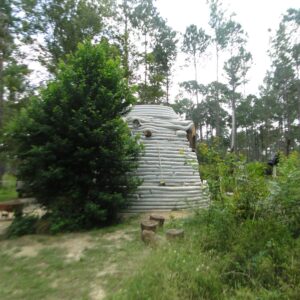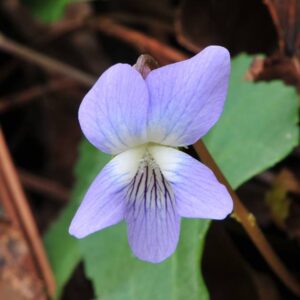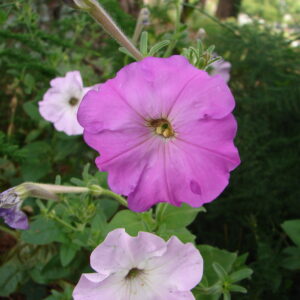Price range: $8.00 through $15.00
Description
Native Perennial. Attractive Evergreen Basal Leaves. Knee-waist branched stalks are covered with multitudes of yellow flower heads from Late Summer to Early Fall. Attracts Native Bees, Butterflies, Moths, and Beneficial Insects. Larval host of several Moths. Birds feed on the seeds and insects which live on the plants. Native to NC, SC, GA, FL. (although USDA plant atlas shows gap in SC) We propagated our plants from native populations in Berkeley Co., SC. Plant in full sun to part shade in average to wet soil.
I have been growing these with overhead watering in the nursery for many years. I have not leaf fungi on my plants. We do not use pesticides.
Excerpt Below taken from IllinoisWildflower.org information on another species of Coreopsis.
Faunal Associations: The nectar and pollen of the flowerheads attract many kinds of insects because of their abundance and accessibility. These floral visitors include digger bees (Melissodes spp.), cuckoo bees (Epeolus spp., Nomada spp.), leaf-cutting bees (Megachile spp.), Halictid bees (including green metallic bees), dagger bees (Calliopsis spp., Heterosarus spp.), Sphecid wasps and other wasps, Syrphid flies (Eristalis spp. and others), bee flies (Exoprosopa spp. and others), thick-headed flies (Conopidae), Tachinid flies, bottle flies (Lucilia spp.), Muscid flies, butterflies, skippers, moths, and beetles (Robertson, 1929). A digger bee, Melissodes coreopsis, is an oligolege (specialist pollinator) of Coreopsis spp. Some insects feed destructively on the plant juices, flowerheads, and other parts of Prairie Coreopsis and other Coreopsis spp. These species include the Red-spotted Aster Mirid (Polymerus basalis), an aphid (Uroleucon reynoldense), the Ragweed Leaf Beetle (Calligrapha bidenticola) and Coreopsis Leaf Beetle (Calligrapha californica coreopsivora), and larvae of such moths as the Dimorphic Gray (Tornos scolopacinarius), Wavy-lined Emerald (Synchlora aerata), and Common Tan Wave (Pleuroprucha insulsaria). The larvae of the latter two moths feed on the flowerheads. See Knight (1941), Blackman & Eastop (2013), Clark et al. (2004), Wagner (2005), and Covell (1984/2005) for more information.
Additional information
| Size | 3.5" pot, 1 gallon |
|---|






Reviews
There are no reviews yet.